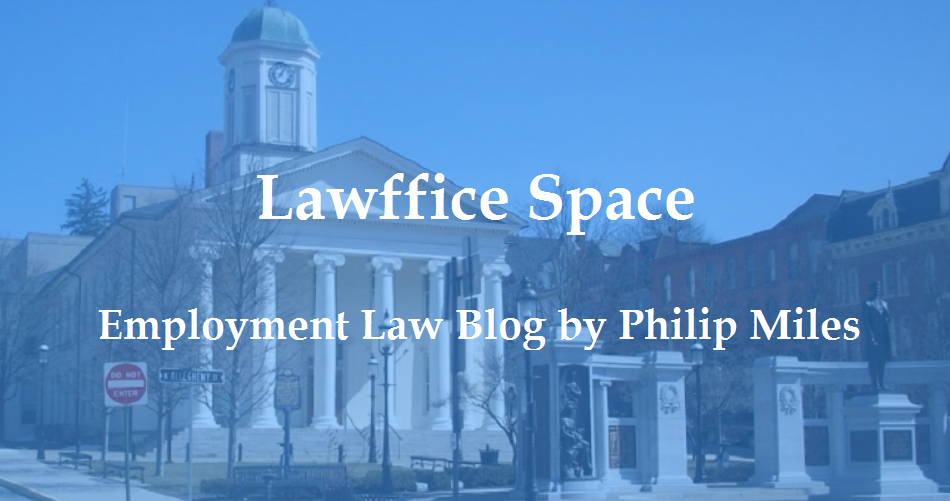The Prima Facie Case
First, a recap of the Court's main holding:
We therefore hold that if a supervisor performs an act motivated by antimilitary animus that is intended by the supervisor to cause an adverse employment action, and if that act is a proximate cause of the ultimate employment action, then the employer is liable under USERRA.As I noted on Tuesday, this likely applies to Title VII as well, but maybe not the ADEA.
The Supervisor... and Only the Supervisor?
Justice Scalia dropped a footnote in the Court's opinion, likely highlighting a future battleground in cat's paw litigation:
We express no view as to whether the employer would be liable if a co-worker, rather than a supervisor, committed a discriminatory act that influenced the ultimate employment decision.Scalia's opinion relies in part on tort law, requiring proximate cause. A co-worker may certainly be the proximate cause of an adverse employment action under some circumstances, right? Nino also relies in part on agency law, and a co-worker acting in the scope of his or her employment could certainly be an agent of the employer, right? And couldn't a co-worker satisfy this rationale found in the Court's opinion:
The employer is at fault because one of its agents committed an action based on discriminatory animus that was intended to cause, and did in fact cause, an adverse employment decision.I think there will be circumstances in which co-workers can create cat's law liability, but we shall see. Regardless, even supervisors must be acting within the scope of their employment to create liability (expressly noted in footnote four).
Affirmative Defenses
The Court expressly rejects a "hard and fast rule" that an independent investigation of the employee's discrimination shields the employer from liability. But, the employer will not be liable where the investigation "results in an adverse action for reasons unrelated to the
supervisor’s original biased action."
But perhaps there's still an opening for an affirmative defense tucked away in footnote four (carrying on the Court's tradition of putting important stuff in footnote four):
We also observe that [the employee] took advantage of [the employer's] grievance process, and we express no view as to whether [the employer] would have an affirmative defense if he did not.Maybe an employee's unreasonable failure to take advantage of a grievance procedure will provide an affirmative defense? Something akin to the Faragher-Ellerth affirmative defense, perhaps?
Conclusion
Once again, the Supreme Court has answered a crucial employment law question while succeeding in raising even more questions. Can co-workers create cat's paw liability? Does this theory apply to ADEA cases? Is there a grievance procedure-based affirmative defense? These are just a few of the issues heading to the District and Circuit courts (and maybe one day the Supreme Court). Stay tuned!
Image: Another photo of my cat, Merlin, and his magnificent Cat's Paw.
Posted by Philip Miles, an attorney with McQuaide Blasko in State College, Pennsylvania in the firm's civil litigation and labor and employment law practice groups.


No comments:
Post a Comment